3 minutes read
Things to Look for When Buying an Older Home
When buying an older home, inspect thoroughly to avoid costly repairs.
KB
Kyler Bruno
07/29/2025

Buying an Older Home
Purchasing an older home can be a great opportunity to own a piece of history, enjoy unique architectural details, and invest in a well-established neighborhood. These homes often feature intricate craftsmanship, larger lots, and mature landscaping that’s difficult to find in newer developments.
However, buying an older home comes with its own set of challenges. While these properties often boast character and charm, they may also require significant maintenance or updates, especially when it comes to safety systems, energy efficiency, and long-term durability.
This comprehensive guide provides a detailed checklist of what to look for when buying an older home. Each section below dives deep into the key considerations complete with tips, potential costs, and how WithJoy.AI can help you find your ideal older home.
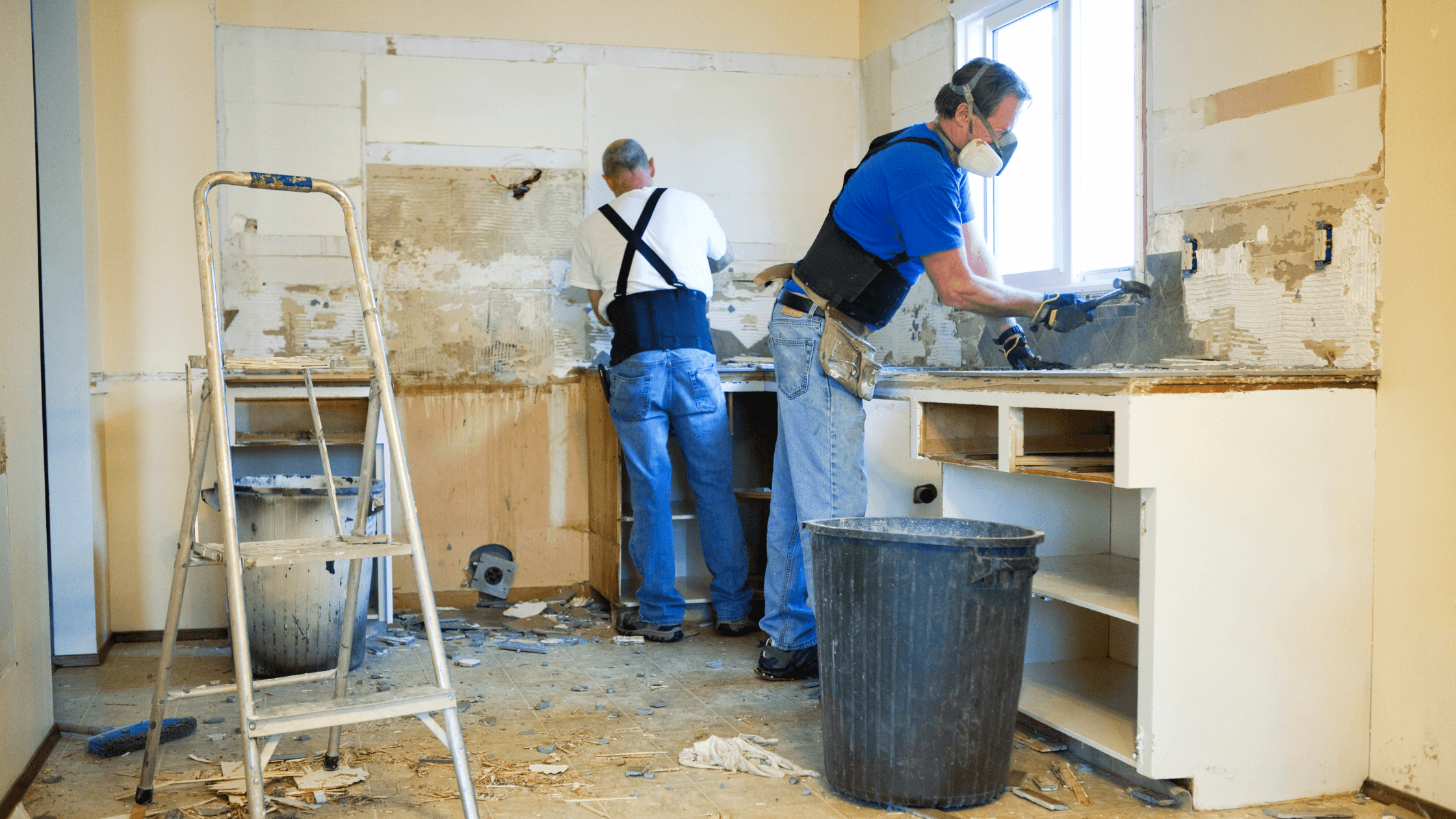
Benefits of Buying an Older Home
1. Timeless Architecture and Character
Older homes often reflect historical design trends craftsman woodwork, Victorian turrets, mid-century modern elements, or original fireplaces that add personality and uniqueness.
2. Established Neighborhoods
These homes are usually located in mature neighborhoods with tall trees, larger lots, and a sense of community. You may also find closer proximity to downtowns and walkable amenities.
3. Potential for Value Appreciation
With proper care and strategic upgrades, older homes can appreciate significantly, especially in heritage districts or in gentrifying areas.
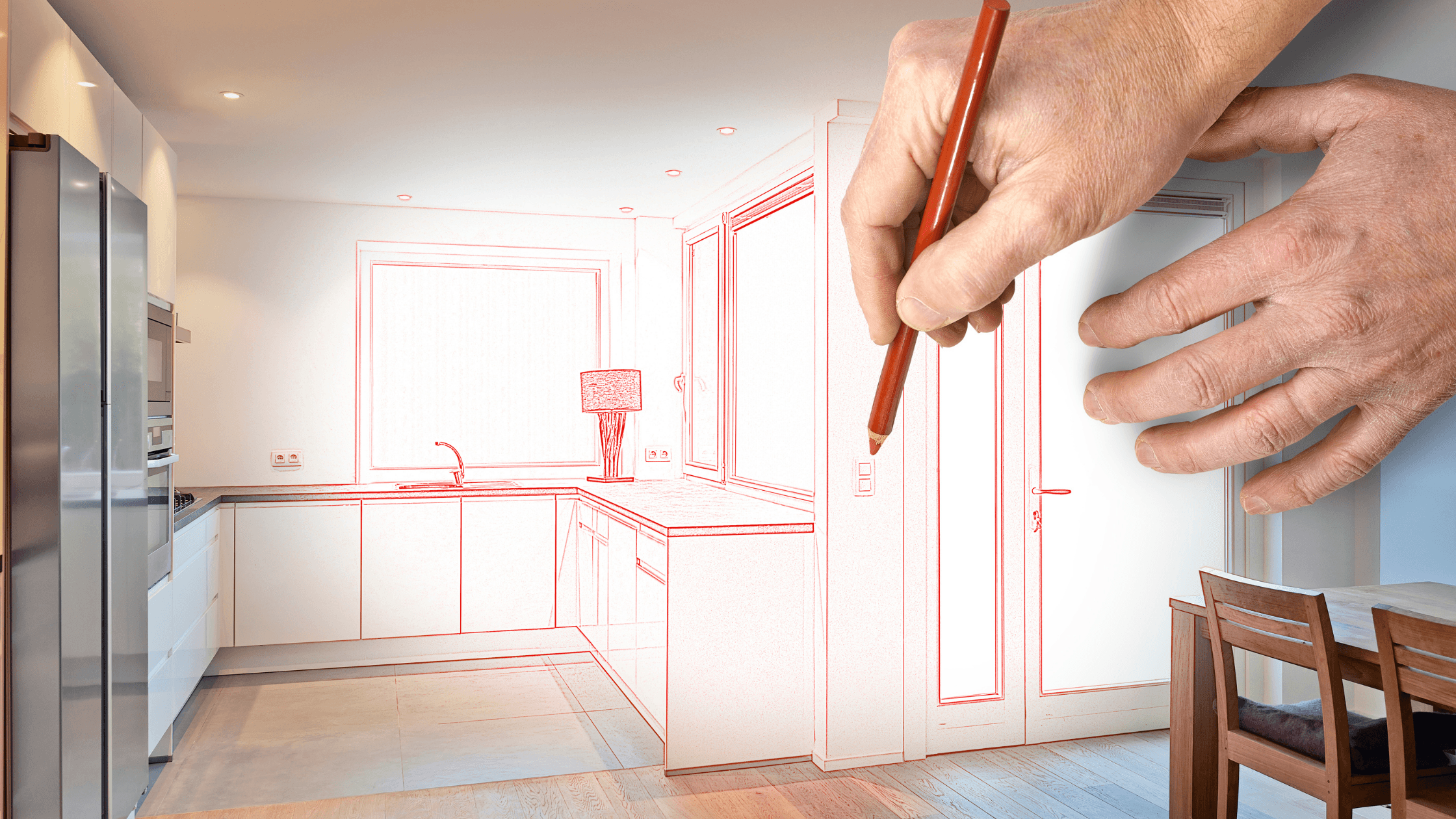
What to Check When Buying an Older Home
1. Exterior Condition
Older homes have withstood decades of weather, wear, and repairs. Begin with a walkaround inspection: Look closely at trim, soffits, and facia boards wood rot can indicate deferred maintenance.
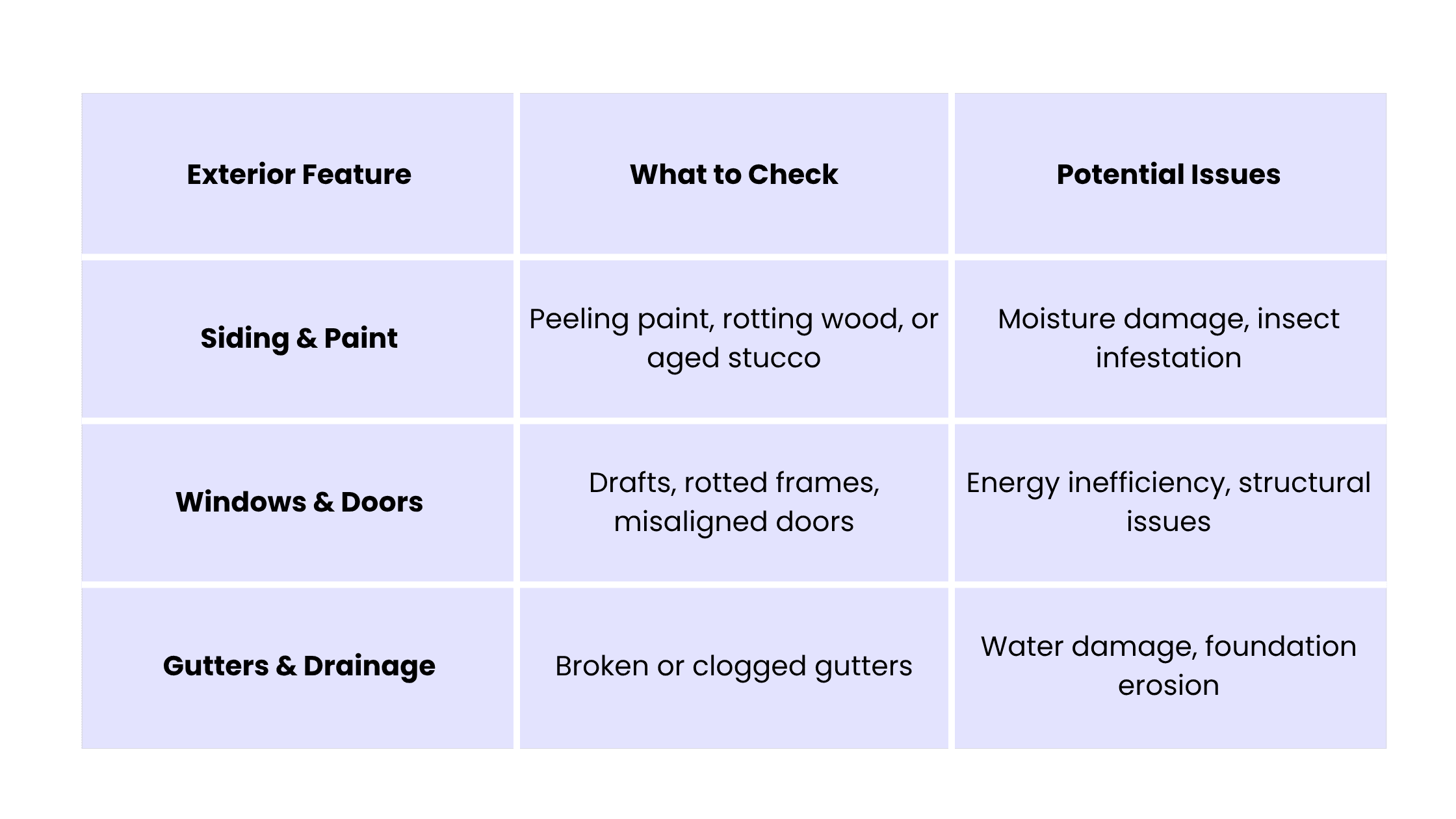
2. Roof and Chimney Inspection
Tip: Ask for the age of the roof. A roof nearing the 20 - 30 year mark may require replacement soon.
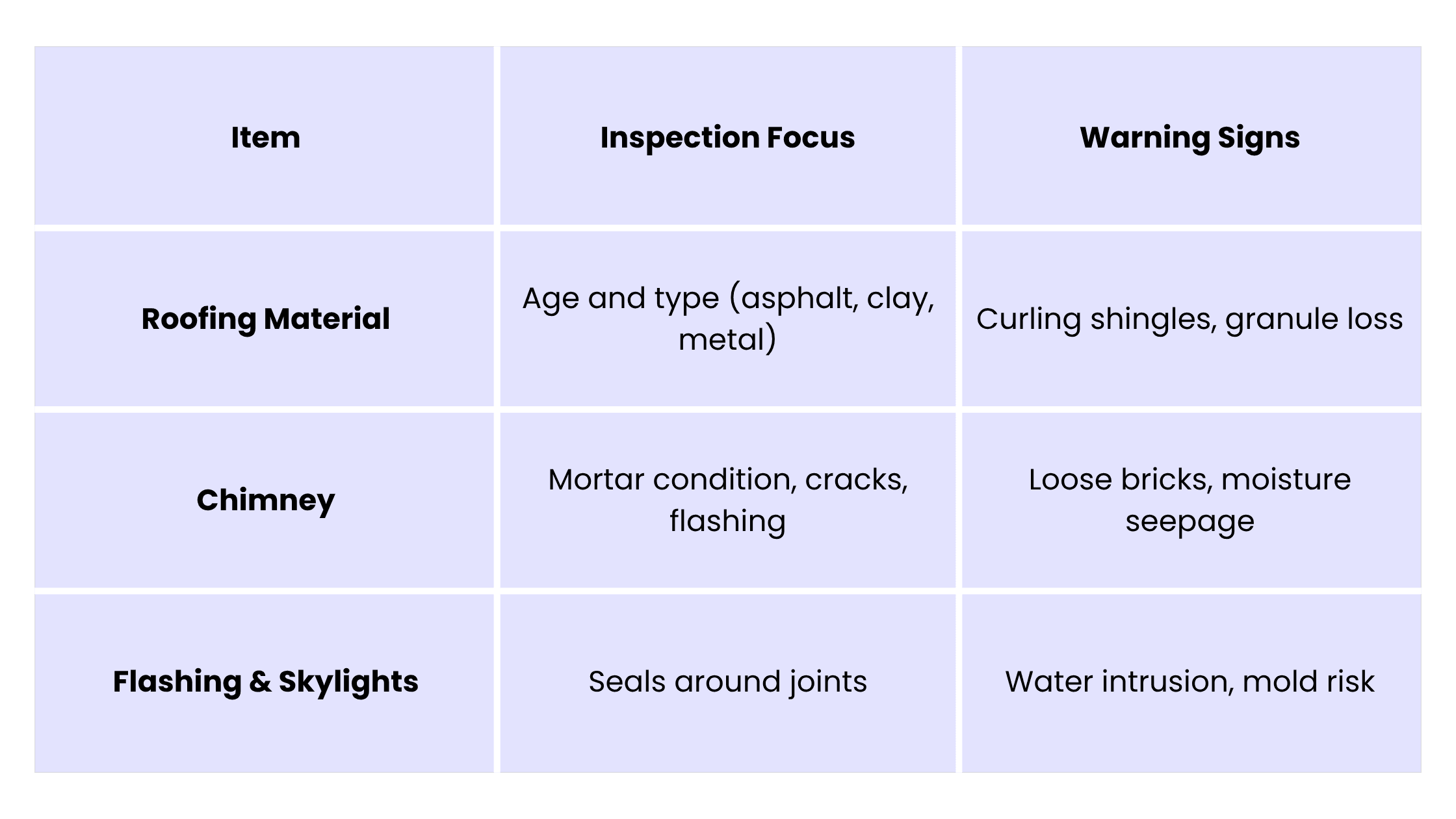
3. Electrical Systems Inspection
Many older homes were wired for a different era:
- Knob-and-Tube Wiring Often found in homes built before 1950. It’s outdated and a fire hazard.
- Aluminum Wiring Common in 1960s-70s homes. It expands/contracts and can cause shorts.
- Undersized Panels 60-amp service is no longer sufficient for today’s energy demands. Most modern homes require 100–200 amps.
Hiring an electrician for a full inspection can cost $150–$500 but it may save thousands in repairs or insurance problems.
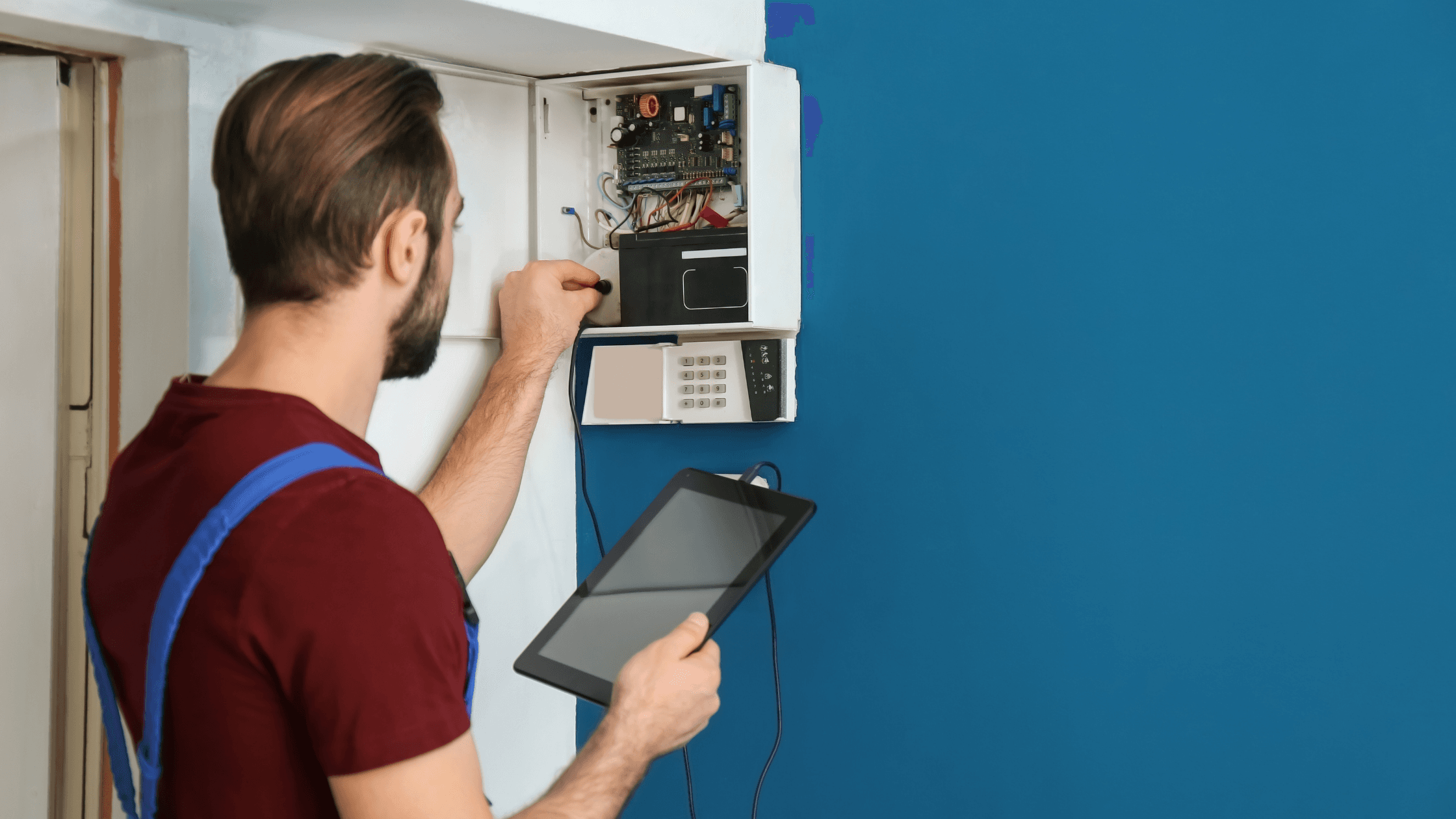
4. Plumbing System Inspection
Check for slow drainage, water stains, or outdated hot water heaters. A camera inspection of main lines can reveal root intrusions or cracks.
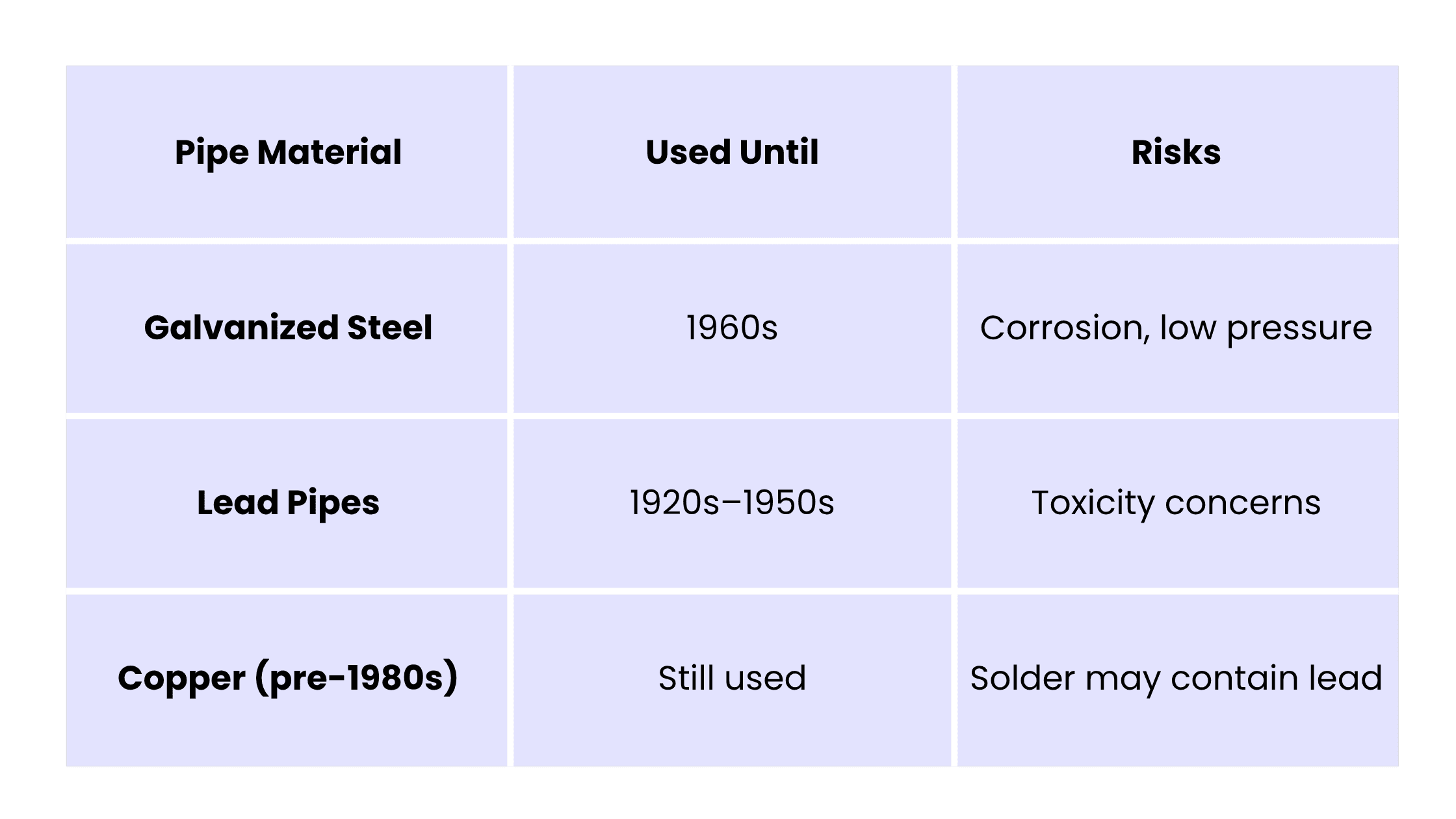
5. Foundation and Structural Integrity
- Visible Cracks – Especially horizontal or wide cracks in basement walls.
- Uneven Floors – Could signal structural movement or wood rot.
- Doors Not Latching – Could indicate settling.
If you see any of these signs, a structural engineer’s report (usually $300–$800) is highly recommended.
6. Insulation and Energy Efficiency
Older homes may lack modern insulation, leading to higher utility bills. Inspect:
- Attic insulation depth and type
- Wall insulation (often non-existent in pre-1960s homes)
- Single-pane vs. double-pane windows
Consider thermal imaging to identify drafts and heat loss.
7. Hazardous Materials
- Asbestos – Common in insulation, siding, or ceiling tiles before the 1980s.
- Lead Paint – Banned in 1978. Homes built before then may still contain it.
- Radon – Odorless gas that can seep through foundations. Test kits are inexpensive and can help avoid serious health issues.
Professional abatement costs can range from $1,000 to $15,000 depending on the extent.
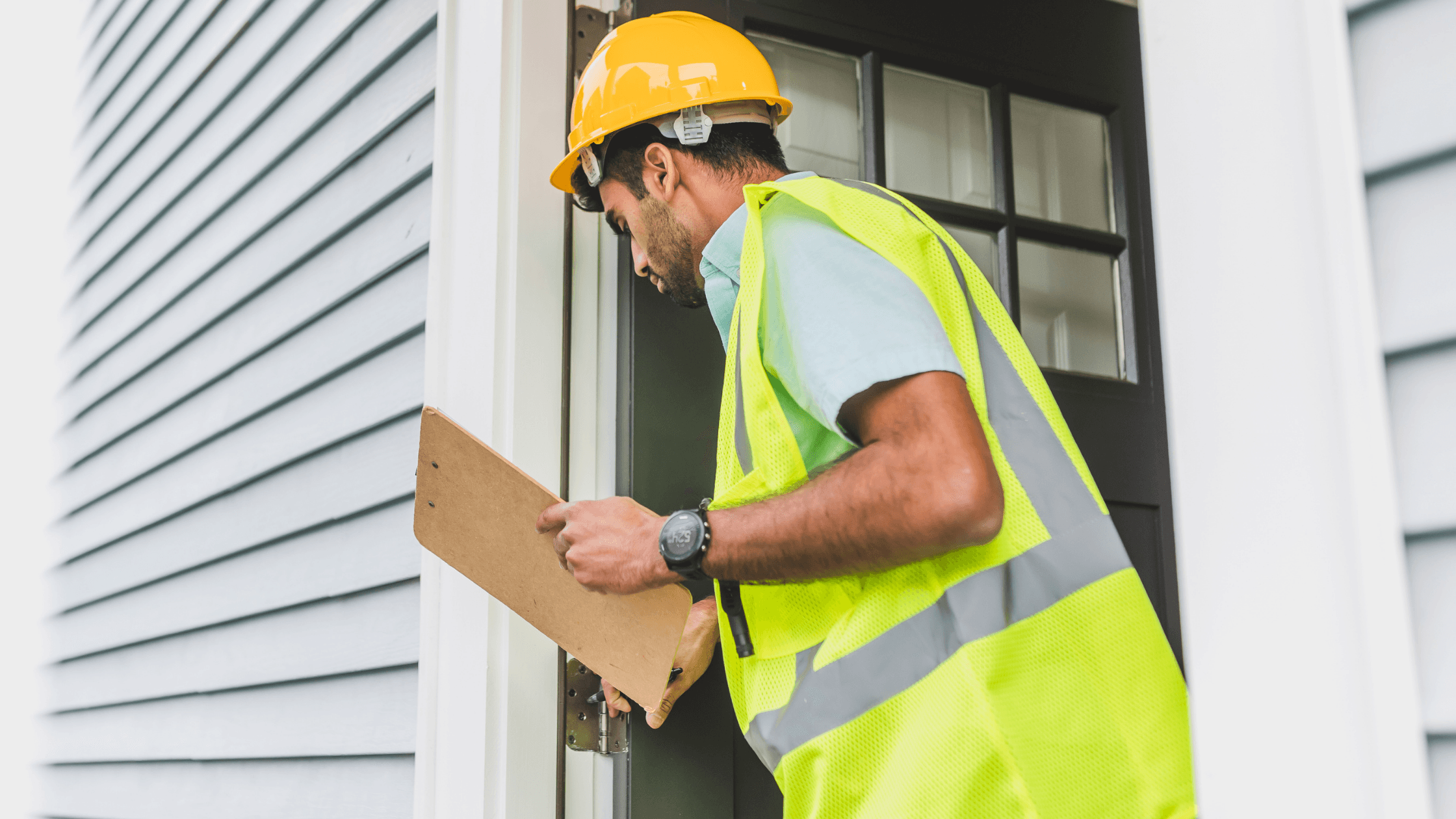
Market Trends: Are Older Homes in Demand?
According to recent Zillow and Redfin data (2025): Historic homes in good condition are seeing higher appreciation due to their unique charm and scarcity.
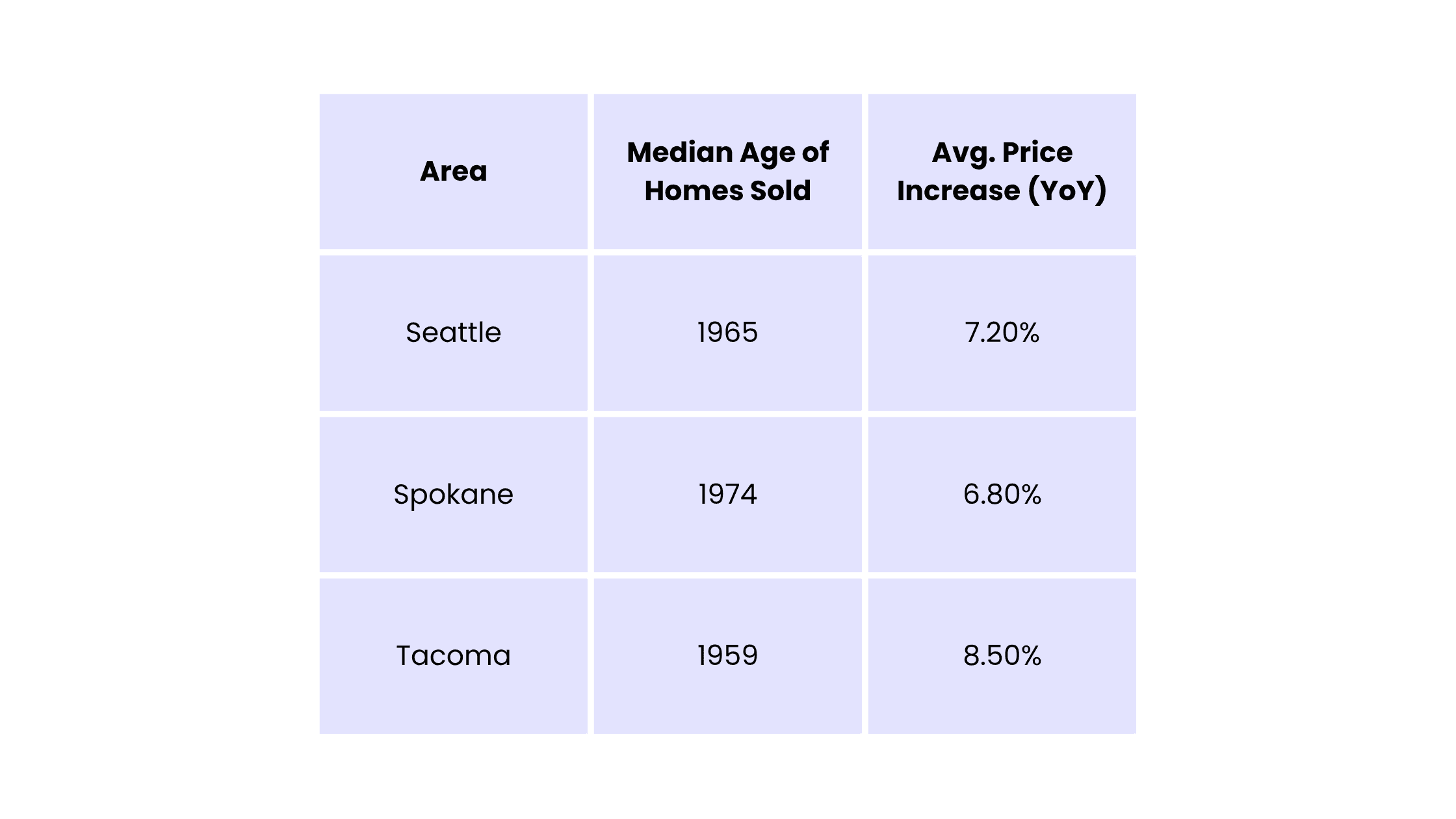
Subscribe for Weekly Buyer Insights
💡 Want tips, guides and more straight to your inbox? Subscribe to WithJoy.AI to Stay updated on market trends in housing.
FAQs: Buying an Older Home
Q: Is it safe to buy a 100-year-old home?
Yes, if it's been properly maintained. Key is to get a thorough inspection and understand potential upgrades.
Q: Are older homes more expensive to insure?
Possibly. Insurance costs rise if electrical, plumbing, or roofing systems are outdated.
Q: Can I get a mortgage on an older home?
Absolutely. But lenders may require additional inspections or repairs for older properties.
Watch This Video: Buying an Old Home? Watch This First!
In this quick video, we’ll cover:
✅ Common problems in older homes
✅ Warning signs to watch out for
✅ How to avoid expensive surprises
WithJoy.AI, Your Smartest Way to Buy an Older Home
Older homes require sharper tools. WithJoy.AI combines real estate expertise with AI-powered convenience:
- Smart filters built for older properties
- In-depth property data at your fingertips
- Instant tour bookings and offer strategies
- Upto 70% Commission rebate at closing

Related Guides

Is Finding your Dream Home Possible?
A perfect home isn’t built, it’s made over time, with love, mess, and memory.
KB
Kyler Bruno
07/25/2025

Moving to Leavenworth Washington in 2025
Moving to Leavenworth, Washington in 2025: A Complete Guide
KB
Kyler Bruno
07/26/2025

What Are the Steps to Buying a House
Five key steps to buy a home, from financing to closing, for a smooth process.
KB
Kyler Bruno
10/10/2024
Full Service Home Buying - WithJoy.AI
Find Your Home Today
The future is here. Buy your next home WithJoy.AI
Trending Neighborhoods

Best Places to Retire

Best Affordable Areas Near Seattle

Best for Young Professionals

Best Family Neighborhood Seattle
